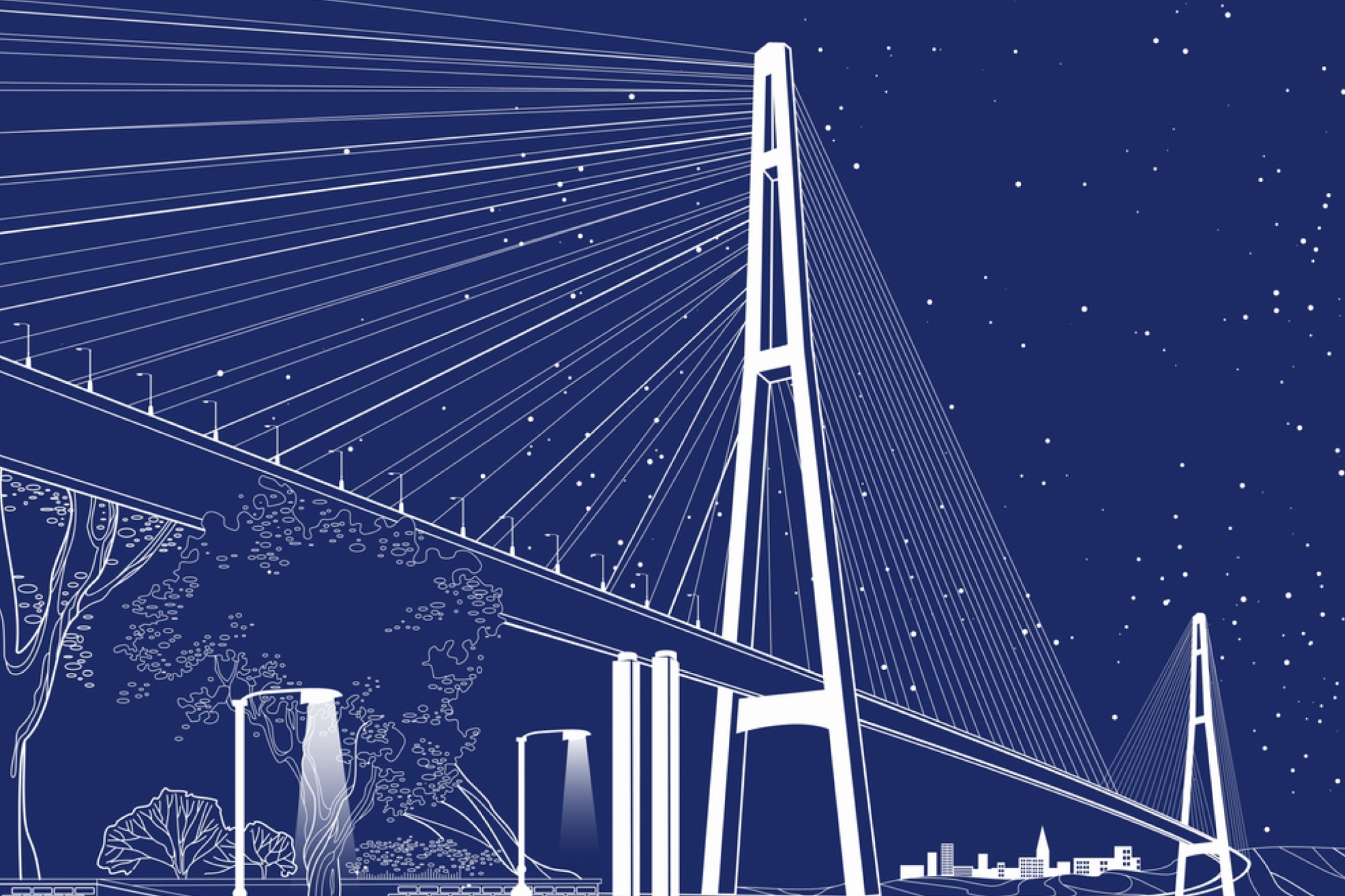BMC’s first cable-stayed bridge improves Mumbai’s connectivity

BMC’s Mahalaxmi-Haji Ali bridge project, which includes Mumbai’s first cable-stayed railway bridge, intends to improve urban mobility by 2026.
After years of delays and challenges, the Brihanmumbai Municipal Corporation (BMC) has set a firm deadline of October 31, 2026, for completing two critical road infrastructure projects to ease congestion near Mahalaxmi Station and Saat Rasta. These include a cable-stayed Road Over Bridge (ROB)—BMC’s first of its kind over railway tracks—and a second flyover to enhance connectivity between South Mumbai’s Mahalaxmi and Haji Ali. The first bridge will connect Dr. E. Moses Road (Worli Naka) to Saat Rasta, while the cable-stayed bridge will link Saat Rasta to Keshavrao Khadye Marg (towards Haji Ali). These Rail Over Bridges (ROBs) are designed to alleviate heavy traffic flow at the Saat Rasta junction and outside Mahalaxmi Railway Station, especially benefiting motorists heading towards the Coastal Road from Haji Ali.
The cable-stayed bridge will span 803 meters in length and 17.2 meters in width, expanding to 23.01 meters within railway boundaries. Meanwhile, the second bridge, connecting Dr. E. Moses Road to Dhobi Ghat via Worli, will have a total length of 639 meters. Both bridges will feature four lanes to accommodate smoother traffic movement and are part of a ₹745 crore infrastructure project. A key structural element of the cable-stayed bridge is a 78-meter-tall pylon, which is expected to be erected within 200 days. Work within the railway boundaries will be carried out in phases with necessary permissions from railway authorities, while the overall span construction will take approximately 250 days.
Originally conceptualised in 2016, these bridges were planned following a recommendation by the Indian Institute of Technology (IIT) Bombay to reduce the load on the century-old Mahalaxmi ROB, which is no longer capable of supporting heavy vehicles. However, the project encountered multiple obstacles, including encroachments, necessary realignments to preserve trees, and land acquisition challenges. These issues delayed the progress of the much-needed infrastructural development in the area.
Recently, Abhijeet Bangar, Additional Municipal Commissioner (Projects), inspected the construction site along with bridge department officials. He instructed that the pylon for the cable-stayed bridge should be erected within the stipulated timeframe, with simultaneous construction on both sides of the bridge to ensure steady progress. Bangar emphasised the need for overlapping tasks and continuous work, even during the monsoon season, to avoid further delays. He also directed officials to maintain clear scheduling and expedite work within the railway boundary in collaboration with railway authorities.
Addressing the concerns regarding affected houses and establishments due to the bridge construction, Bangar assured that the ward office would take necessary actions to mitigate disruptions. Additionally, steps will be taken to ensure the availability of slip roads and alternate routes for traffic diversions, ensuring minimal inconvenience to commuters. The BMC aims to integrate these bridges seamlessly into Mumbai’s growing urban landscape, offering improved connectivity and relieving congestion at critical junctions.
These two new bridges mark a significant step toward upgrading Mumbai’s transport infrastructure. The replacement of the old Mahalaxmi ROB with modern bridges will provide better access between Mahalaxmi Station, Worli, and Haji Ali, ensuring smooth vehicular movement across key areas. The successful completion of this project will not only enhance road connectivity but also set a precedent for future infrastructure projects in Mumbai, reinforcing the city’s commitment to modernising its transport network.
For more details, visit: https://www.mcgm.gov.in/
Cookie Consent
We use cookies to personalize your experience. By continuing to visit this website you agree to our Terms & Conditions, Privacy Policy and Cookie Policy.










